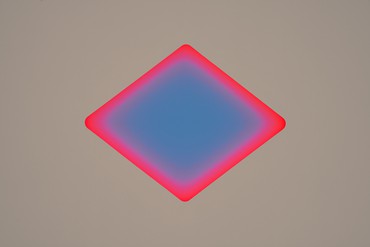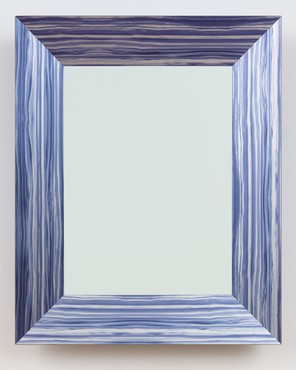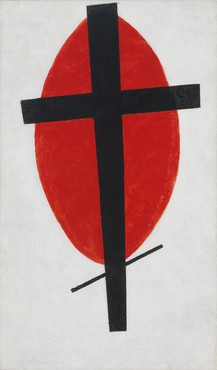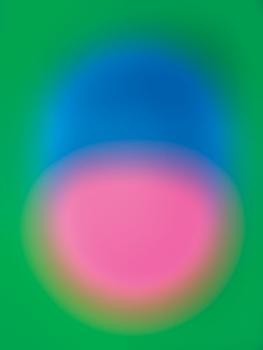James Turrell explores the myriad possibilities of light as subject, material, and medium of perception, as well as its inherent connections to painting and sculpture. In formally simple works, he assigns light its own structure, drawing attention to the limits of seeing while conveying a sense of transcendence and revelation. Ultimately, this fascination is connected to Turrell’s search for humanity’s place in the universe, a spiritual quest that he attributes to his Quaker faith, which he characterizes as having a “straightforward, strict presentation of the sublime.” Turrell aims to prompt greater self-awareness through a similar encouragement of quiet contemplation.
Turrell was born in 1943 in Los Angeles, and lives and works in Flagstaff, Arizona. He earned a pilot’s license at age sixteen—an influence, perhaps, on his later artistic interest in the sky—and, consistent with his Quakerism, registered as a conscientious objector during the Vietnam War. After receiving his BA in mathematics and perceptual psychology at Pomona College, California, in 1965, he took a studio in the former Mendota Hotel in Ocean Park, California. There he produced his first light work, Afrum-Proto (1966), as well as Mendota Stoppages (1969–74), a series of projections in which planes of light are positioned in relation to architecture. These early projects linked Turrell to the Light and Space movement and underpinned his ongoing artistic practice. Turrell’s debut solo exhibition was staged at the Pasadena Art Museum in 1967 and the following year he achieved a formal breakthrough by producing constructions in which the light emerging from behind partition walls appears to dissolve the edges of the rooms they occupy.
After participating in the Art and Technology program at the Los Angeles County Museum of Art in the late 1960s, Turrell enrolled in the Studio Art program at Claremont Graduate University, California, earning his MA in 1973. Since then, he has continued to explore perceptual phenomena ranging from sensory deprivation to intense optical effects. The artist’s original Skyspace works, in which apertures cut into the roofs of buildings cause the sky to appear as a flat plane within reach, date from 1974. And in 1976, Turrell produced his first Space Division Construction installations, in which an opening onto an illuminated space is perceived first as a flat surface and then as a window onto a mist-filled room. Beginning in the 1980s, Turrell has also produced works using extremely dim light, often in site-specific installations designed to be seen from outside the buildings in which they are installed.
After acquiring a volcanic cinder cone in Northern Arizona’s Painted Desert region in 1977, Turrell began working to convert the feature into Roden Crater, a large-scale work designed to function as a naked-eye observatory. Roden Crater reconceives the surrounding landscape as a multisensory experience and provides a controlled environment for the contemplation of the sky and any celestial bodies visible from Earth. The work comprises tunnels, portals, and apertures that open onto the sky, facilitating an experience of isolated and intensified light.
In 2001, Turrell began the Glass Series, recent entries of which are programmed using LED technology while still employing physical forms related to the foundational Shallow Space Constructions, in which slivers of light emerging from behind constructed walls alter the perspective of the rooms in which they are installed, sometimes making the walls appear suspended. Each installation features planes of light that move slowly against and into one another behind an aperture, generating alternating impressions of total flatness and near-infinite depth. Testing our perception of space and evoking the paintings of Mark Rothko, the results again prompt a slower, more appreciative mode of looking.






